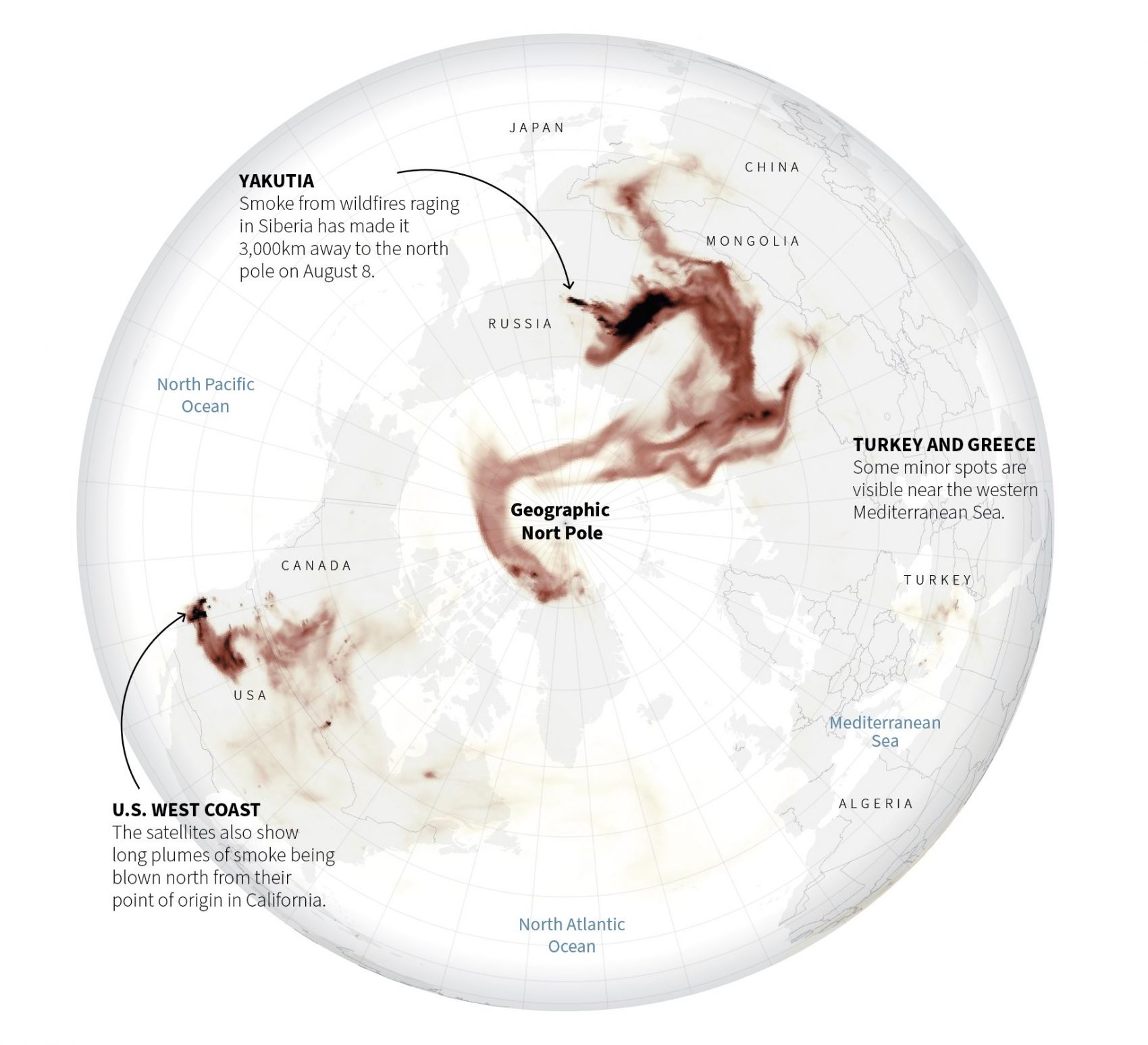
The past few summers in the United States can be described by record high temperatures, terrible wildfires, and climate change. Since the age of industrialization, there has been an exponential increase in the burning of fossil fuels and carbon dioxide emissions, which burns through the atmosphere’s ozone layer and allows for consistently warming temperatures and more unpredictable weather patterns. This is significant because, “in December 2020, global warming reached 1.18°C above pre-industrial levels.” If the earth continues to heat up at this same pace, animal life will become rare, humans will be displaced, their quality of life will decrease, and extreme natural disasters, like wildfires, will worsen and become more frequent.
These trends have already begun taking place. Wildfires in the United States have worsened over the past decade and “the global temperature increase is making them hotter, more intense and more frequent.” The devastation caused by wildfires can be measured by a variety of factors: how many people are displaced, how many acres are burned, and how many fatalities they caused. Because of this, the worst wildfires in the history of the United States are measured differently by every source, but through combining these factors, a relatively accurate list can be constructed.
Related: The 5 Deadliest Earthquakes Ever Recorded
2021 Dixie Fire, California
On July 14, 2021, the Dixie Fire was caught in the Feather River Canyon, CA, and has since grown to become the largest single wildfire in the state’s history. This fire is currently burning and is 31% contained, has burned more than 569,707 acres, is active in four counties, and has been active for over a month. “The Dixie wildfire has damaged 589 buildings and injured three firefighters,” and no deaths have been reported, but the fire is tearing through national park-land and is threatening innumerable wildlife. The Pacific Gas and Electric Company (PG&E) has admitted that they may have been involved in the start of the fire, but the cause is still under investigation. PG&E is a multi-billion dollar energy company, and unfortunately, this fire perfectly exemplifies the negative effects of climate change and developing advanced infrastructure.
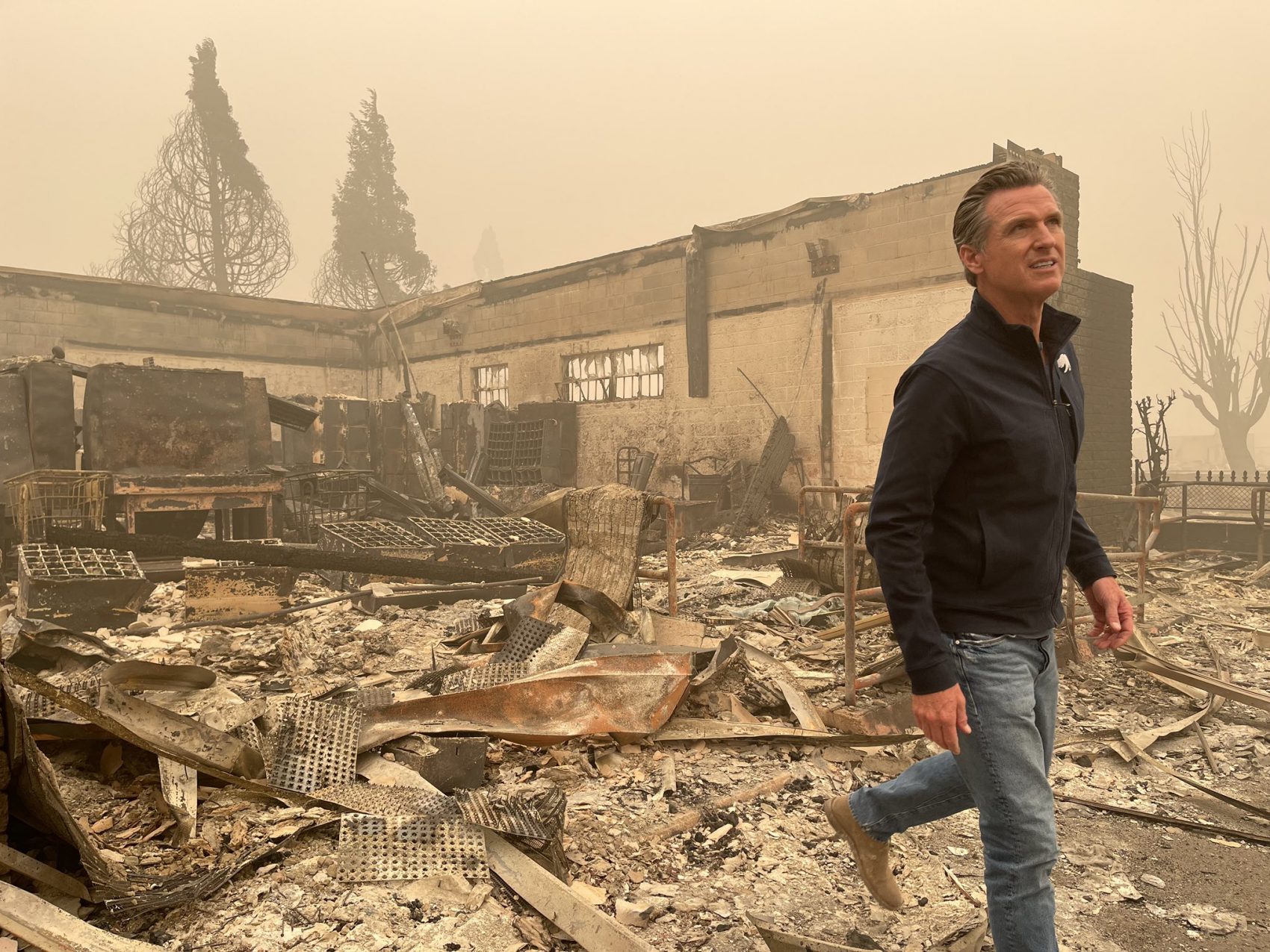
2013 Yarnell Hill Fire, Arizona
“Excessive heat, prolonged drought, and dry thunderstorms” were the cause of the Yarnell Hill Fire that ignited in western Arizona on June 28, 2013. Just days after the fire started, temperatures shot up to over 100°F and winds strongly picked up, further exacerbating the fire. The Yarnell Hill Fire only burned for a few weeks, but destroyed almost 10,000 acres of Arizona’s land, took out 129 buildings, and cost nearly $1B to fight. Additionally, 23 injuries were reported and 19 firefighters died while fighting, the worst loss of firefighters since the 9/11 attacks. The strength of the fire can be directly attributed to the extreme drought conditions that Arizona was suffering from, which was worsened by global warming and climate change.
2020 Cameron Peak Fire, Colorado
“It’s important to note that the 20 largest wildfires in Colorado have occurred since 2000,” and can be strongly linked to the negative implications of global warming and climate change. On August 13, 2020, the Cameron Peak wildfire was reported directly west of Fort Collins, Colorado. It burned for a period upwards of four months and torched 208,913 acres of Larimer and Jackson Counties as well as areas of the Rocky Mountain National Park. At its peak, 20,000 Coloradans were forced to evacuate their homes, and more than 1,000 firefighters were working on containing the fires along with plane and helicopter crews. There were zero recorded deaths and limited injuries, however, the fire cost almost $200 million to contain and destroyed $100 million worth of property. Fort Collins had periods of days at a time where ash was falling from the sky and when it was not healthy to go outside. In the midst of the COVID-19 pandemic, this fire hurt countless businesses in Fort Collins and was made worse by severe drought conditions, record high temperatures, and strong, gusty winds.
2018 Camp Fire, California
The California Camp Fire is “the deadliest and most destructive wildfire in California history.” The fire was first reported in Butte County on November 8, 2018, and ended up burning 153,336 acres. 85 Californians were reported dead, several firefighters injured, and at least one person missing, with search and rescue efforts continuing for months after the fire. The Camp Fire is considered the most expensive natural disaster in the world, costing $16.65 billion, with 18,804 buildings destroyed and 52,000 people evacuated from their homes. PG&E claimed responsibility for causing this fire due to a faulty power line, and the fire was further aggravated by strong winds, drought conditions, and high temperatures. PG&E paid out millions, filed for bankruptcy, and plead guilty to 84 counts of involuntary manslaughter. The California Camp Fire pushed into several developed areas and highlights the negative effects of industrial development and climate change.
1871 Peshtigo Fire, Wisconsin
On October 8, 1871, the Peshtigo Fire spread across the state of Wisconsin and has since been the deadliest wildfire in the history of the United States. The most official death count recorded that 1,200 lives were taken, but other reports more than double that. The fire burned around 1.2 million acres of land, caused $160 million in damages, and burnt through 17 towns, with Peshtigo suffering the worst. The exact cause of the fire is unknown, but it is likely that it was either started by railroad workers or land-clearing efforts, and conspiracists even pointing to the idea that it may have been caused by a fallen comet. Stories from survivors indicate that there were firestorms and literally no oxygen to inhale as winds reached speeds over 100mph. This fire occurred on the same day as The Great Chicago Fire but does not receive as much attention. The Peshtigo Fire should remind everyone how quickly wildfires can spread and how significantly they can threaten human life. Its legacy lives on at the Peshtigo Fire Museum in Peshtigo, Wisconsin.
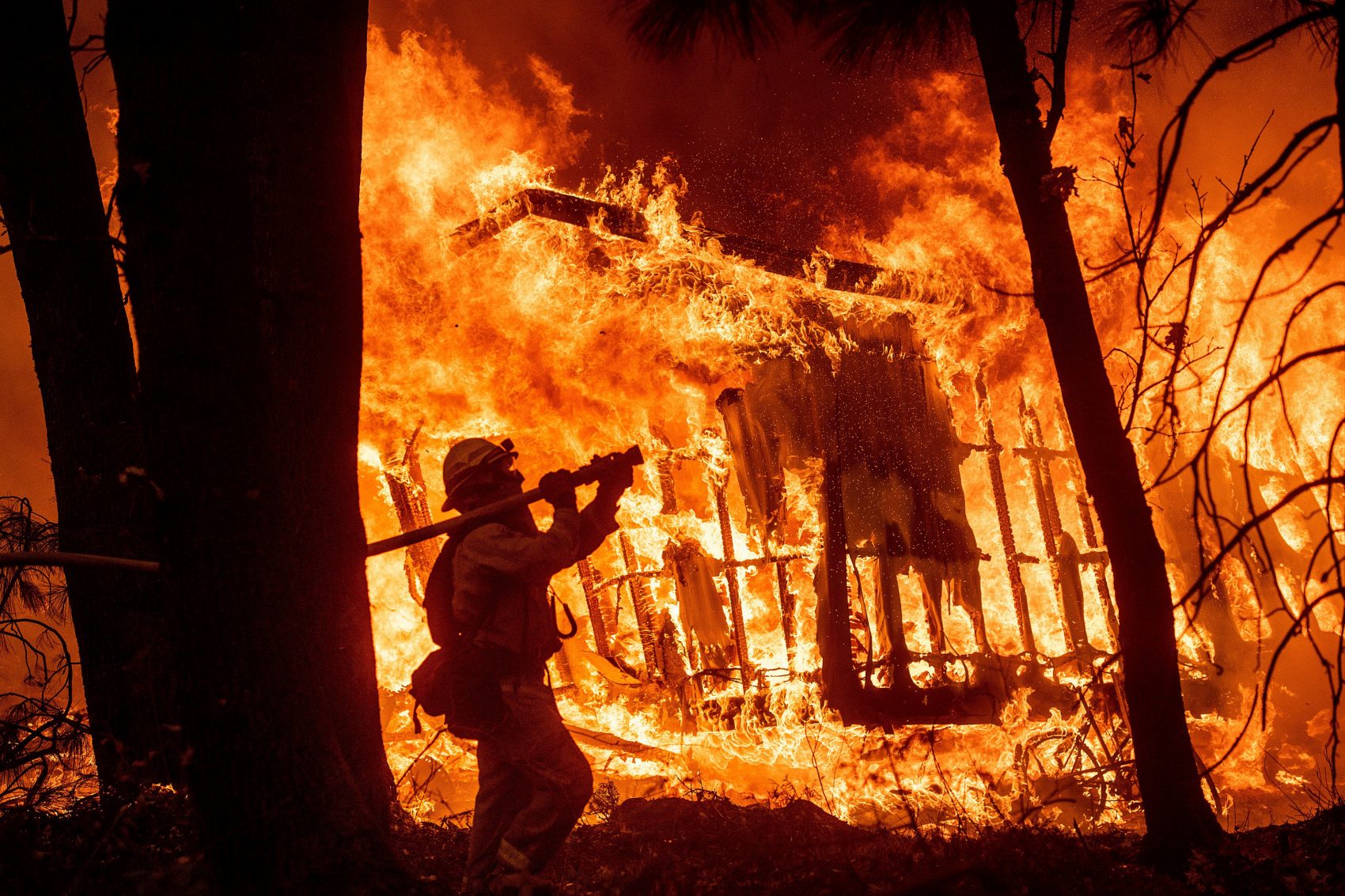

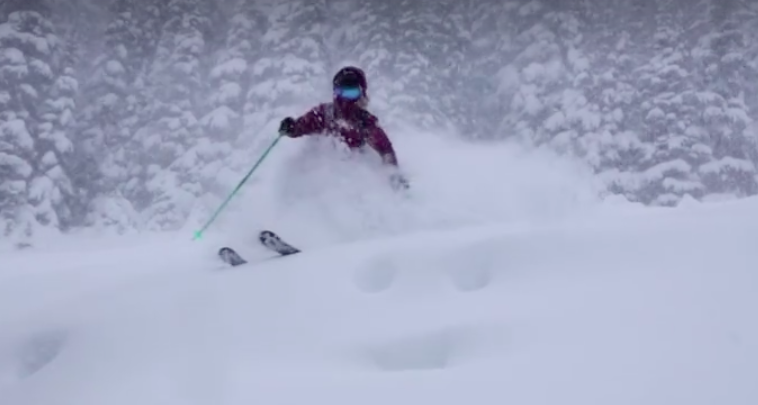

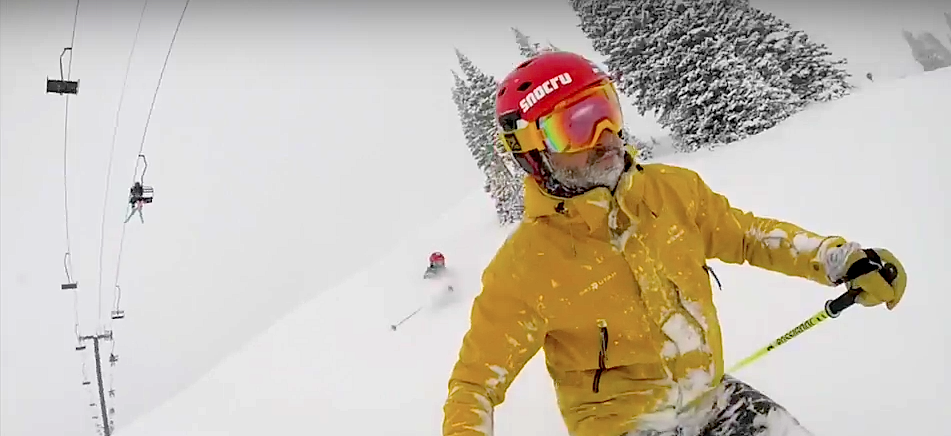

Dang Governor Newsom is a snack! No wonder republicans hate him lol
You missed mentioning the BIG BURN fire of 1910 which consumed 3.5 million acres in the us and 1.5 million acres in Canada. This fire involved Idaho, Montana, Wyoming, Washington, Oregon and touched a few other states. This fire unfortunately is still considered the largest in total acres burned in the US.